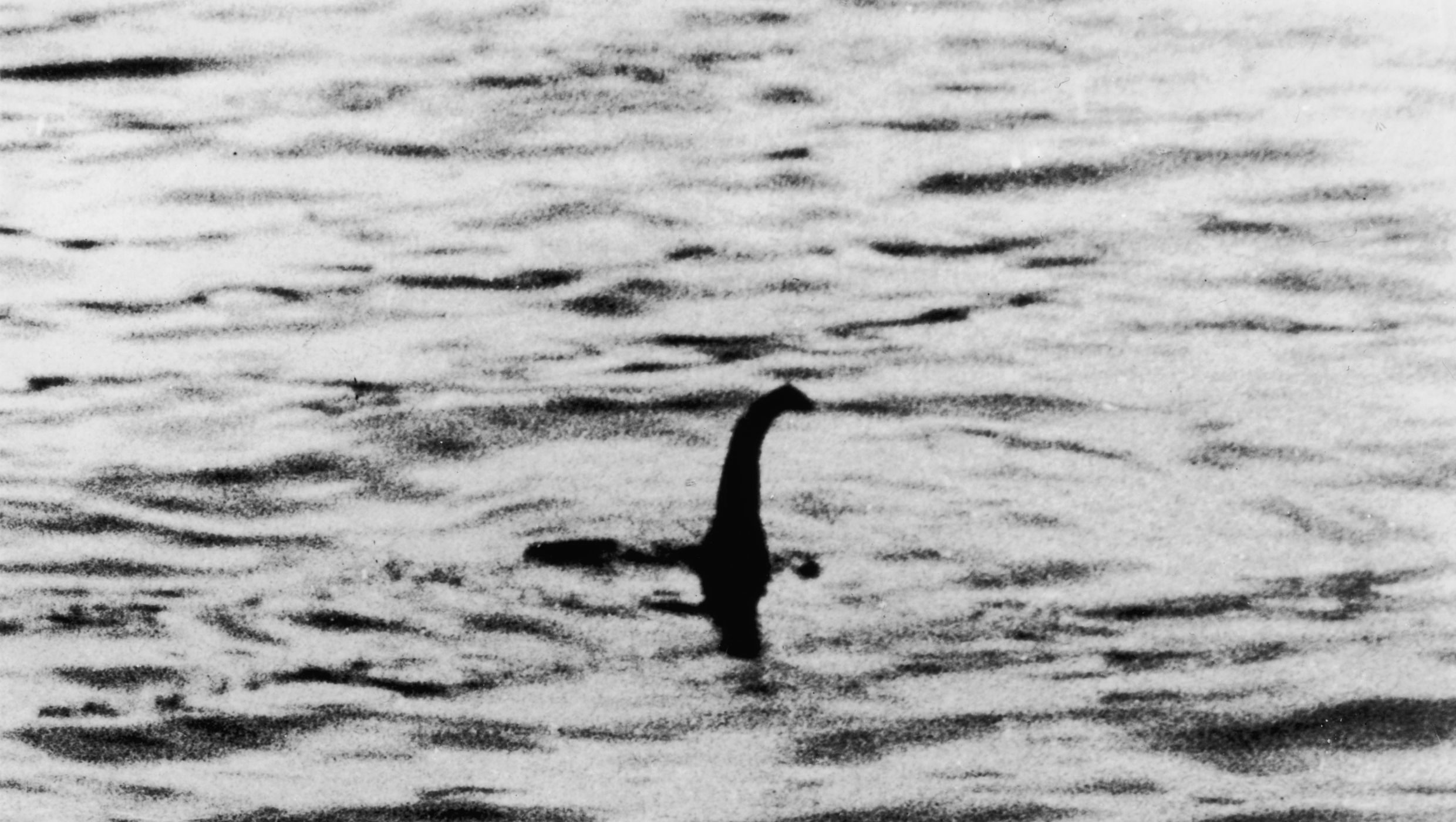Create a free profile to get unlimited access to exclusive videos, sweepstakes, and more!
Could the Loch Ness Monster really be a monster eel?

Is there really a monster slithering in the depths of Loch Ness? The answer is… sort of.
Geneticist Neil Gemmel, a professor at the University of Otago, has finally revealed the results of his DNA investigation meant to prove whether or not Nessie lives. Gemmell and his team used environmental or eDNA data to see what's really lurking down there. What was previously thought to be a ginormous shark, or catfish, or even a surviving plesiosaur, is more likely huge eels swimming in those dark waters.
So how did eels emerge from the shadows of myth and legend? Gemmel went seeking the “monster-factor” by doing a deep dive into 250 samples of water from different locations in the loch. DNA was captured and extracted from each sample and compared to global DNA databases to find out what exactly lives in there. That means life-forms from bacteria, to fish, to creatures like deer and birds that just like to jump in for a swim. Do they escape without getting eaten? Probably.
“Most species are so small you can barely see them but there are a few that are larger,” Gemmel said, “and of course the question we're all asking is — is there anything big enough to explain the sorts of observations people have made over the years that have led to this myth or this legend of a monster or creature in Loch Ness?”
Since the 6th century, there have been at least a thousand reported Nessie sightings. What were people really seeing? Some believed it might have been a surviving relic of the Jurassic age, or even a swarm of them hiding out at the very bottom of the loch. But eDNA found nothing even remotely related to a plesiosaur, or any other living fossil. As for the shark and catfish theories, there was no shark DNA to be found, and no catfish or sturgeon DNA either.
There is, however, one fish that could prove to be the mysterious creature that has been rumored to be Nessie for centuries. It could also explain why the Loch Ness Monster has mostly been imagined to have a long, sleek body. Divers who have ventured into the lake have reported eels as thick as their legs, and while there is no video footage of that, it makes sense that an enormous eel surfacing from the loch could give the impression of a cryptid.
eDNA hasn’t been able to prove whether the eels in Loch Ness have grown that massive, but genetic mutations and natural variation do make that possible. Who knows what conditions at the bottom of the lake could breed. Gemmel will just keep trying to find out.
“Further investigation is needed to confirm or refute the theory, so based on our data, giant eels remain a plausible idea,” he said. “While an eel that big would be well outside the normal range, it seems not impossible that something could grow to such unusual size.”
Gemmel’s eDNA research has drawn so much attention that the Travel Channel collaborated with him on a two-hour documentary that will premiere on Sept. 15.
“People love a mystery,” he admitted. “We’ve used science to add another chapter to Loch Ness’ mystique.”
(via University of Otago)


























